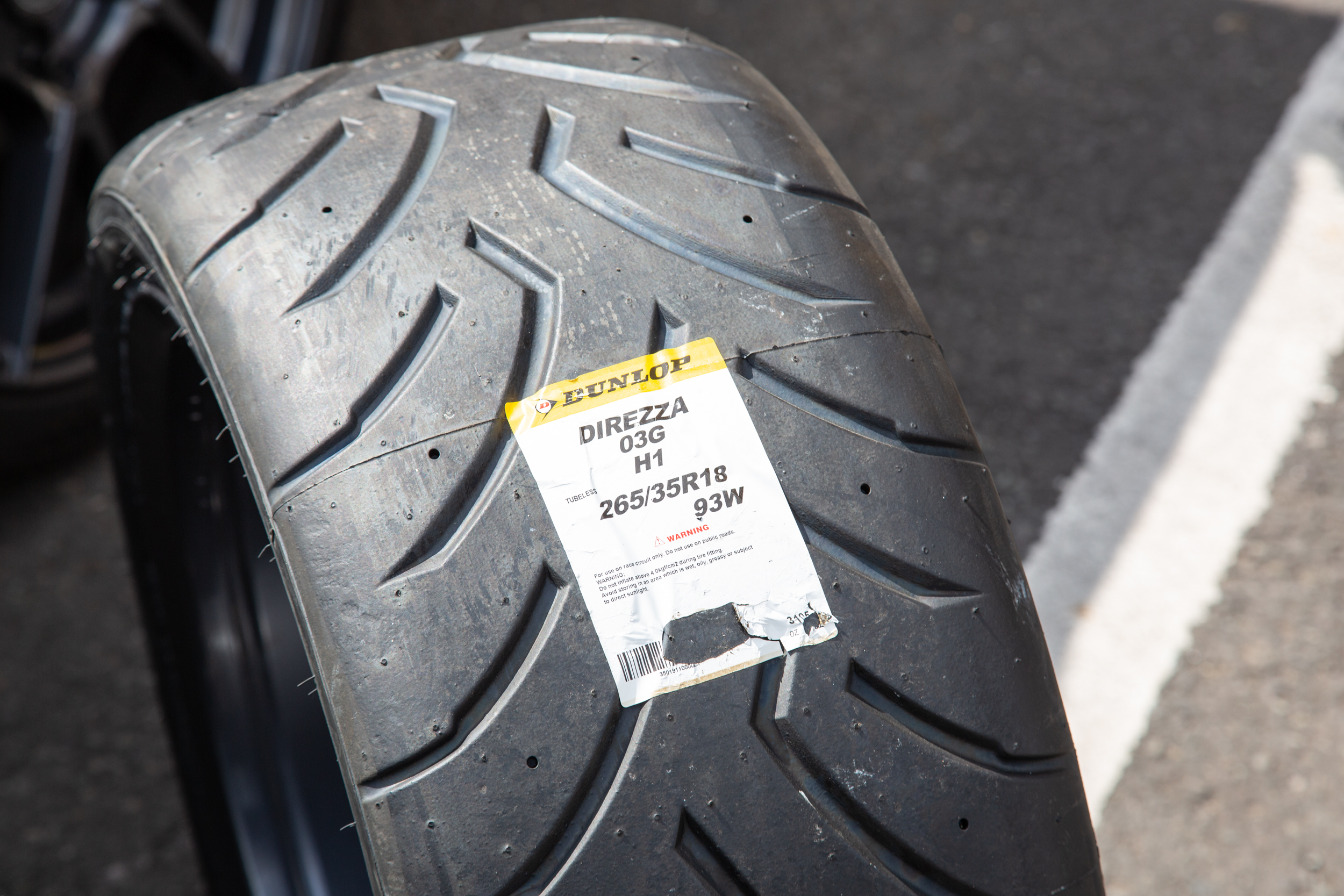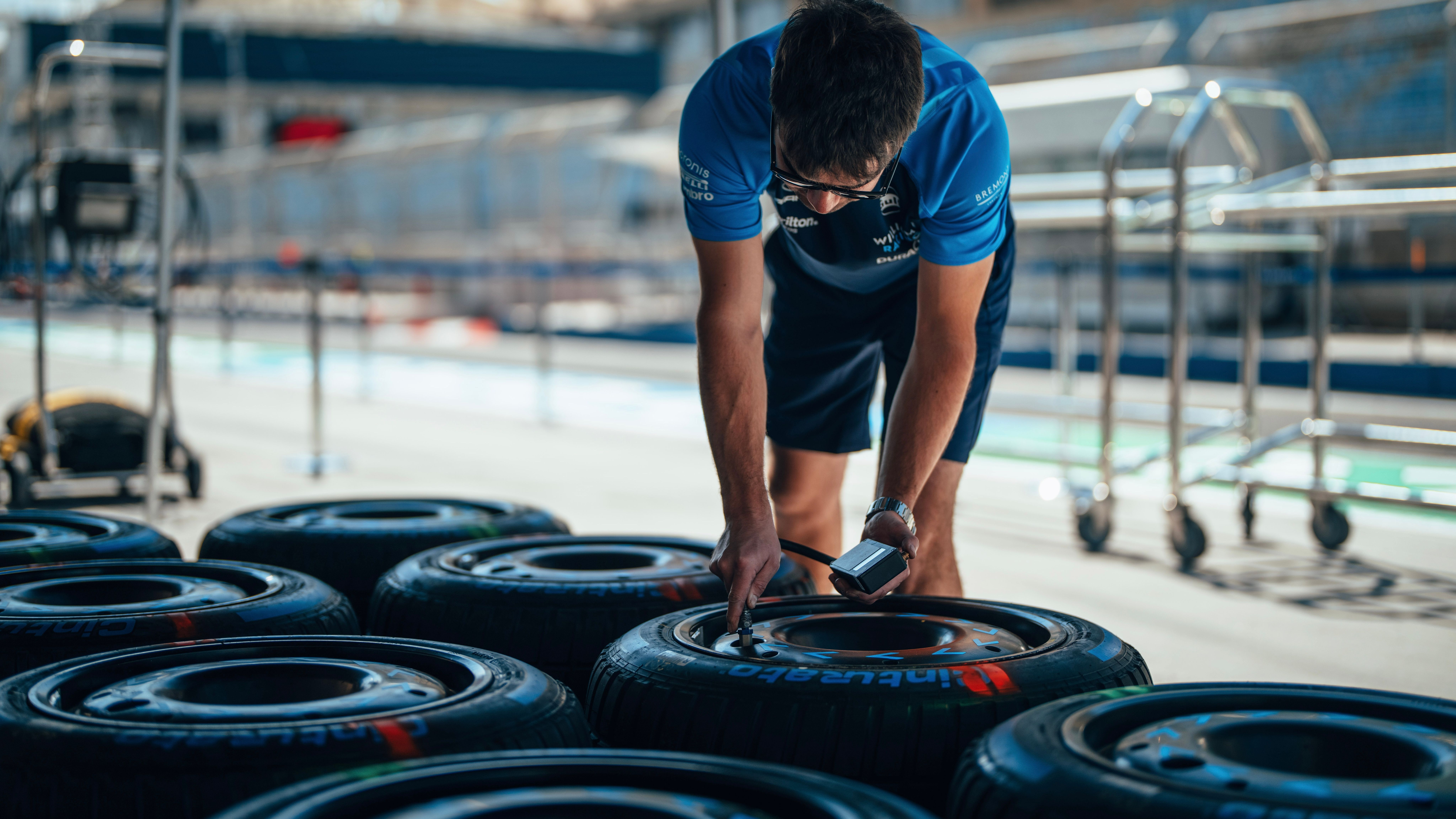All Categories
Featured
Table of Contents
I was able to obtain 100 hours out of one of these tires, and while it had absolutely no tire lugs left on it, the soft substance made it work extremely wellas long as I was utilizing a soft mousse. Kitt Stringer image Easy installing - 3Wear - 3Sidewall toughness - 3Performance on origins - 4Performance on wet rocks - 2Traction on dust - 5Cornering ability - 4Traction while stopping - 4Self-clearing of dust and mud - 3Performance in mud - 3Overall predictability or tracking - 3 _ 37 Final thought: This is an excellent well-rounded tire with good value for cash.

The wear corresponded and I such as how much time it lasted and how consistent the feeling was throughout use. This would likewise be a great tire for faster races as the lug dimension and spacing little bit in well on fast surface. Kitt Stringer image Easy installing - 3Wear - 3Sidewall toughness - 3Performance on roots - 4Performance on wet rocks - 4Traction on dust - 4Cornering capability - 4Traction while stopping - 5Self-clearing of dirt and mud - 4Performance in mud - 4Overall predictability or tracking - 4_42 Conclusion: I liked this tire a great deal.
If I needed to purchase a tire for difficult enduro, this would certainly remain in my top selection. Easy placing - 3Wear - 3Sidewall strength - 3Performance on origins - 4Performance on wet rocks - 3Traction on dust - 4Cornering ability - 3Traction while stopping - 3Self-clearing of dust and mud - 4Performance in mud - 4Overall predictability or monitoring - 3 _ 34 Final thought: This tire was really soft and flexible.
All the gummy tires I examined done relatively close for the very first 10 hours or two, with the victors going to the softer tires that had better grip on rocks (Cheap tyres). Investing in a gummy tire will absolutely give you a solid benefit over a routine soft compound tire, yet you do spend for that advantage with quicker wear
Honest Car Tyres Near Me
Ideal value for the rider who wants respectable performance while obtaining a reasonable quantity of life. Ideal hook-up in the dirt. This is an ideal tire for springtime and fall conditions where the dust is soft with some wetness still in it. These proven race tires are wonderful around, however wear promptly.
My total victor for a difficult enduro tire. If I needed to invest money on a tire for day-to-day training and riding, I would choose this one.
Honest Car Tyres
I have actually been running a set of Michelin Power Pilot 2CT's on my track Daytona 675 for the previous year. In that time I have done 15 track days in all weathers from cool wet to very warm and these tires have never ever missed a beat. Cheap tyres. I have actually done nearly 2,000 miles (3,200 km) on them and as you can see from this shot of the front taken after first session of my 15th track day on them, they still have rather a great deal of rubber left on them
Simply put the 2CT is an incredible track day tire. If you're the type of rider that is most likely to experience both damp and dry conditions and is starting on track days as I was in 2015, then I assume you'll be difficult pushed to discover a far better worth for money and competent tire than the 2CT; a pair of which will certainly establish you back around 185 (US$ 300) in the UK.
Developing a far better all rounded road/track tyre than the 2CT need to have been a hard task for Michelin. The result of that effort is the Michelin Pilot Power 3 which essentially replaces the Pure. Don't perplex this brand-new tire with the road going Pilot Road 3 which is not made for track usage (although some riders do).
When the Pilot Power 3 introduced, Michelin recommended it as a 50:50% road: track tire. All the cyclist reports that I've reviewed for the tire rate it as a far better tyre than the 2CT in all areas but especially in the damp.
Tyre Checks Near Me
Technically there are numerous distinctions in between the 2 tyres although both use a double substance. Visually you can see that the 2CT has less grooves reduced into the tire but that the grooves go to the side of the tire. The Pilot Power 3 has even more grooves for better water dispersal yet these grooves don't get to the shoulder of the tyre.
One aspect of the Pilot Power 3 which is different to the 2CT is the brand-new 2CT+ modern technology which prolongs the harder center section under the softer shoulders (on the rear tyre). This need to offer a lot more stability and minimize any type of "squirm" when increasing out of edges despite the lighter weight and more versatile nature of this brand-new tire.

I was a little uncertain concerning these reduced pressures, it turned out that they were great and the tires carried out really well on track, and the rubber looked much better for it at the end of the day. Equally as a factor of reference, various other (rapid team) motorcyclists running Metzeler Racetecs were using tire stress around 22-24 psi for the rear and 24-27 psi on the front.
Generating a better all rounded road/track tire than the 2CT need to have been a hard job for Michelin. The outcome of that initiative is the Michelin Pilot Power 3 which basically changes the Pure. Do not perplex this new tyre with the road going Pilot Road 3 which is not designed for track use (although some cyclists do).
High-quality Tyres
They motivate significant self-confidence and offer incredible hold degrees in either the damp or the dry. When the Pilot Power 3 introduced, Michelin suggested it as a 50:50% road: track tyre. That message has actually recently changed due to the fact that the tires are currently advised as 85:15% road: track use rather. All the rider reports that I've reviewed for the tire price it as a far better tyre than the 2CT in all locations yet specifically in the wet.

Technically there are fairly a few differences between the 2 tires also though both utilize a twin compound. Aesthetically you can see that the 2CT has fewer grooves cut into the tire but that the grooves go to the edge of the tire. The Pilot Power 3 has even more grooves for far better water dispersal yet these grooves do not get to the shoulder of the tyre.
One aspect of the Pilot Power 3 which is different to the 2CT is the brand-new 2CT+ technology which expands the harder center section under the softer shoulders (on the rear tire). This must offer more security and decrease any "squirm" when speeding up out of edges regardless of the lighter weight and even more versatile nature of this new tyre.
Although I was somewhat dubious regarding these lower stress, it ended up that they were fine and the tyres done truly well on the right track, and the rubber looked better for it at the end of the day. Equally as a factor of reference, various other (quick team) cyclists running Metzeler Racetecs were using tire stress around 22-24 psi for the rear and 24-27 psi on the front
Table of Contents
Latest Posts
Affordable Cheap Car Tyres
Tyre Deals
Best Vehicle Tyres Near Me
More
Latest Posts
Affordable Cheap Car Tyres
Tyre Deals
Best Vehicle Tyres Near Me